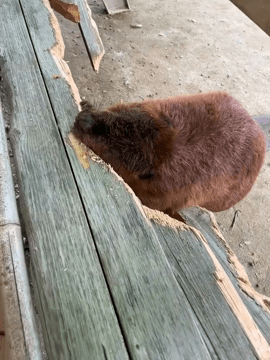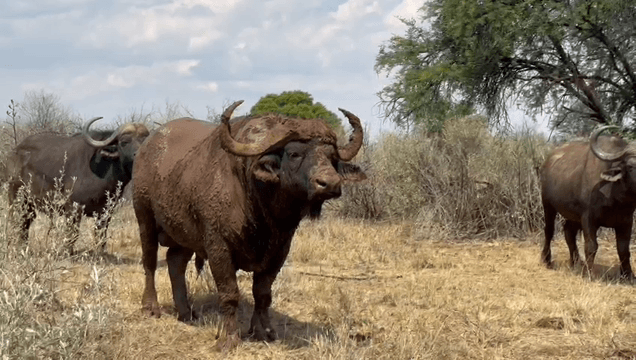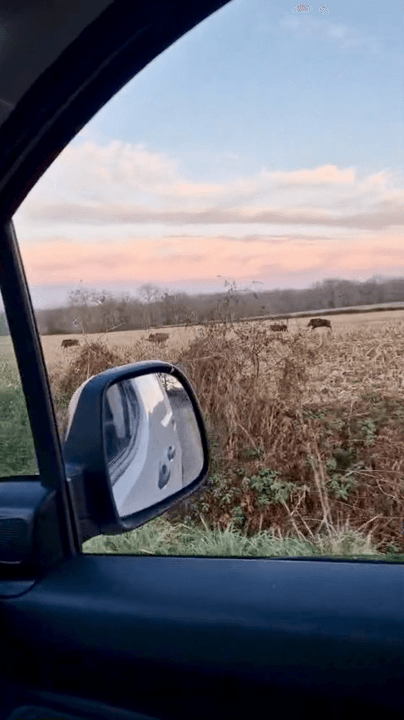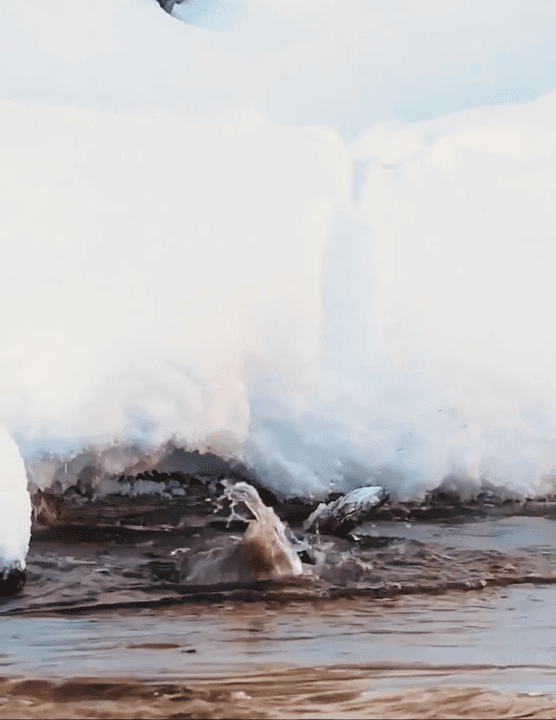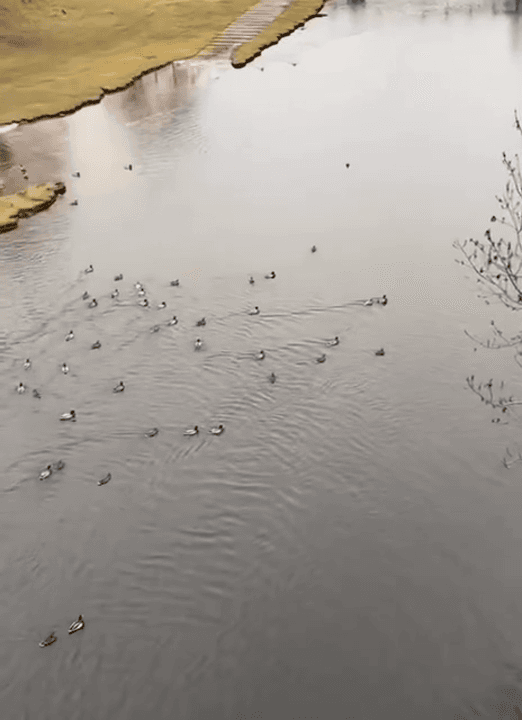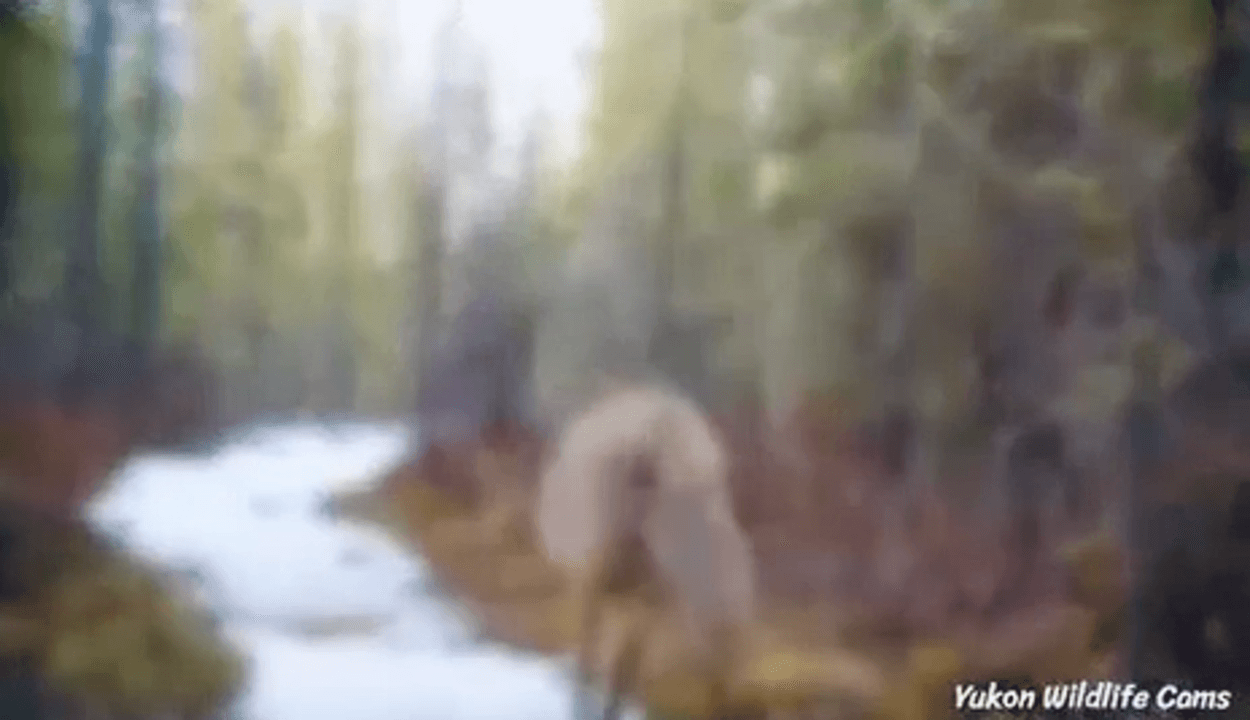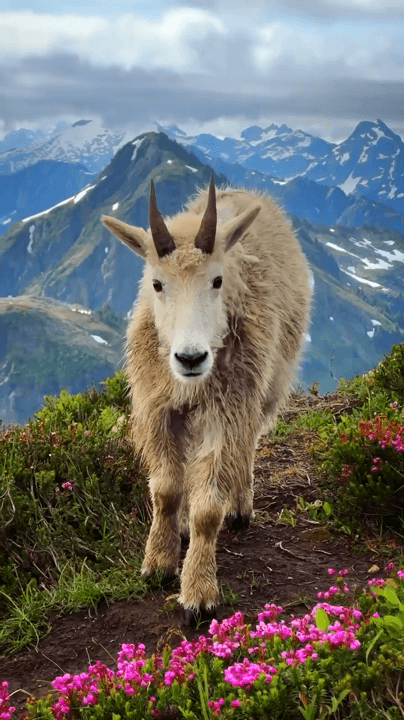
SOUTH DAKOTA RANCHERS UPSET OVER NUMBER OF ELK CONTINGENCY LICENSES South Dakota ranchers are angry over the number of elk contingency licenses recently issued across four units, especially because they were involved in the creation of the new elk management plan in 2015. South Dakota Game, Fish and Parks (SDGFP) announced this week that there would be 20 of these licenses in units that span both public and private property, the Black Hills Pioneer reports. The elk contingency licenses are used to “reduce the elk population in areas that have been heavily affected by drought,” said Andrew Norton, SDGFP senior big game biologist. There is not set location for where these licenses are issued. Basically, it’s based upon where the elk are “relative to the department’s objective” so that the elk population can be reduced “in order to improve grazing conditions on forest service land that ranchers lease.” Yet, Aaron Thompson, president of the Spearfish Livestock Association, Eric Jenning
Post: 17 September 18:08




